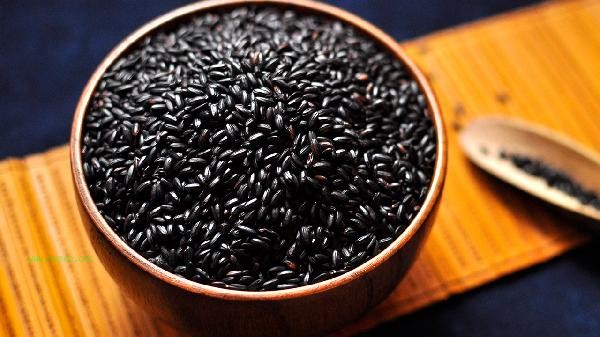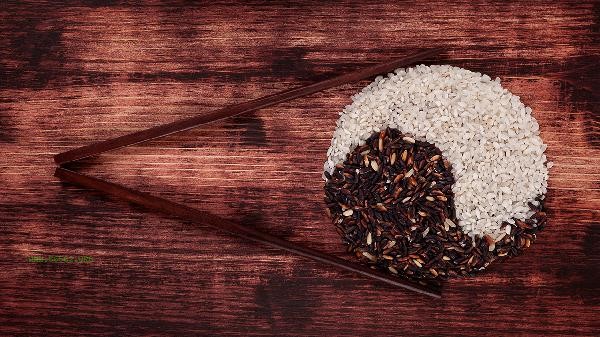Both black rice and purple rice are suitable for consumption during weight loss, but black rice has a higher dietary fiber content and lower glycemic index, making it more suitable as a staple food for weight loss. The differences between the two are mainly reflected in five aspects: nutritional composition, satiety, glycemic index, trace element content, and adaptability to cooking methods.

1. Nutritional composition:
Black rice contains 9.4 grams of dietary fiber per 100 grams, which is 1.5 times that of purple rice, and its protein content is also 20% higher. The outer layer of anthocyanins remains intact, and the antioxidant substances are more abundant. Purple rice has slightly higher iron and zinc content, but its overall calorie content is similar to that of black rice, about 340 kcal/100 g. When losing weight, priority should be given to choosing black rice with high nutritional density.
2. Differences in satiety:
The insoluble dietary fiber in black rice can absorb water and expand in the stomach, prolonging gastric emptying time by 2-3 hours. Experimental data shows that under the same weight, black rice produces a satiety that lasts 30% longer than purple rice. Purple rice has a softer and more glutinous texture, with a relatively faster digestion rate, which can easily trigger additional eating.
3. glycemic index:

The GI value of black rice is 42, which belongs to low glycemic foods, and postprandial blood sugar fluctuations are gentle. The GI value of purple rice reaches 55, which is close to the moderate sugar level. continuously choosing low GI staple foods can reduce the activity of fat synthesis enzymes, which is particularly crucial for insulin resistant obese individuals.
4. Trace elements:
Purple rice has a higher content of selenium and vitamin B1, which helps regulate metabolism. But the anthocyanin and vitamin E content of black rice is more than three times higher than that of purple rice. These antioxidant components can reduce oxidative stress damage during weight loss and help maintain basal metabolic rate.
3. Cooking adaptability:
Black rice needs to be soaked for more than 4 hours in advance to be fully gelatinized, which is suitable for making coarse grain rice or Congee. Purple rice has strong stickiness and can be cooked directly with white rice. It is recommended that weight loss enthusiasts use a combination cooking method of black rice with quinoa or oats, which can improve taste and enhance protein complementarity. When using black rice as the main staple food, it is recommended to control the cooked weight at 150-200 grams per day, paired with sufficient vegetables and high-quality protein. Batch steaming, packaging, and freezing can be done in advance, and reheating before consumption can maintain the taste. Pay attention to chewing brown rice foods thoroughly, chewing more than 20 times per bite can enhance the satiety signal. Before and after exercise, it is advisable to increase the intake of purple rice in moderation and utilize its fast energy supply characteristics to supplement muscle glycogen. Special populations such as pregnant women or anemic individuals can mix black rice and purple rice in a ratio of 2:1 to meet their nutritional and weight control needs.




Comments (0)
Leave a Comment
No comments yet
Be the first to share your thoughts!